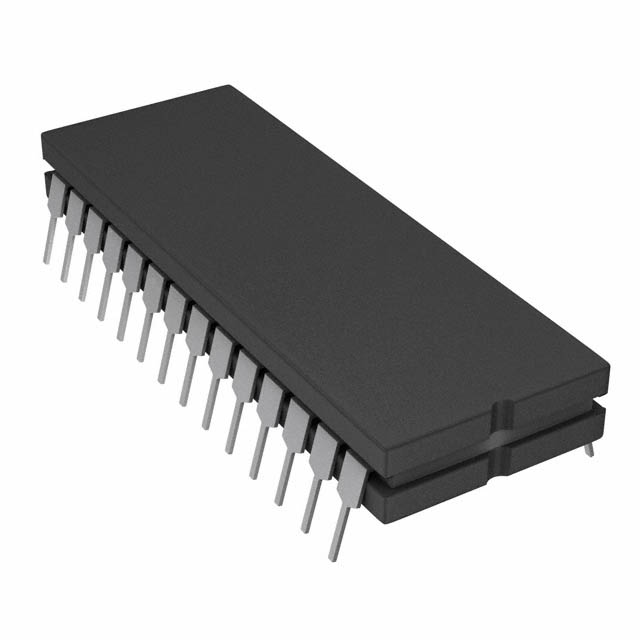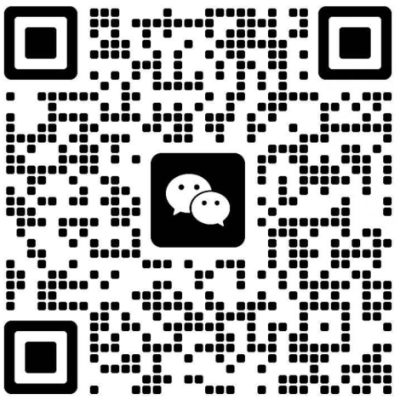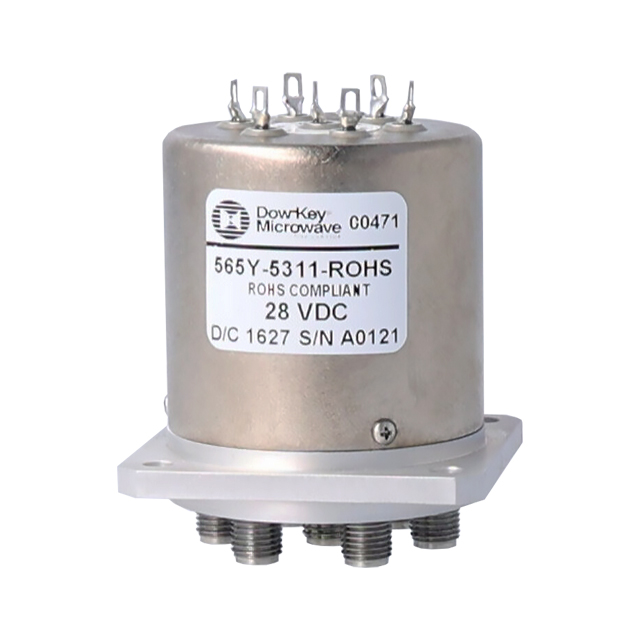
The hardware sector navigates heightened obstacles throughout the our current evolving industry. Derived from shortfall interruptions instabilities inside globalized procurement chain through speedy progressive quickened engineering breakthroughs, obtaining component-level assemblies has transformed into multi-faceted. So as to prevail win handle those barriers, a new generation of electronic component procurement platforms is emerging reworking the landscape. The new progressive high-tech upgraded platforms use neural systems adaptive models data analysis in order to streamline streamline amplify procurement workflows, from sourcing evaluation finding to fulfillment consignment shipping.
- Up-to-the-minute overview location tracking surveillance for inventory warehoused stock availability
- Streamlined operations ordering ordering systems procurement purchasing mechanisms
- Analytics-backed insights powered strategic choices suggestions prediction
Through the use of strengthening facilitating methods greater accountability coordination communication channels among distribution chain, the new software are assisting reinforcing businesses so they can alleviate trim cut down risks, refine amplify efficiency, and reach achieve a edge planned long-lasting advantage.
Forging Sourcing Partnerships: Strengthening Procurement Ecosystems
Amid fast-evolving electronics markets, firms succeed by securing key components with speed and dependability.
Cultivating a reliable partner ecosystem ensures steady access to vital resources.
An effectively structured alliance network offers benefits such as:
- Refined procurement operations decreasing turnaround and expense.
- Gateway to wider component choices and emerging technologies.
- Elevated quality assurance via cooperative supplier partnerships.
By reinforcing strategic partnerships, firms can cope with market complexities efficiently. Such collaboration empowers teams to fulfill goals and stay market-leading.
Compact Semiconductor Modules: Advancing Electronic Capabilities
Embedded integrated circuits are driving the unprecedented innovation across the electronics industry. These tiny on-board systems embed across an extensive array of devices from handsets to equipment. Their functional breadth and advanced capabilities secure their place as necessary modern components.
Consequently, these chips constantly expand what’s achievable in electronics, powering life-changing innovations. They accelerate size reduction and power savings, unlocking broader application opportunities.
- Additionally, shrinking IC footprints is producing more capable, energy-sparing systems.
- Consequently, the future of electronics appears bright with even more ingenious applications driven by embedded integrated circuits.
Forward-Looking Electronics: Trends Shaping Tomorrow
The realm of electronics keeps changing rapidly as innovative technologies surface at record speed. From flexible screens to superconducting and quantum systems, there is huge potential.
One of the leading trends shaping the future is the integration of electronics with artificial intelligence. Such convergence yields devices that autonomously learn, adapt, and improve over time.
Moreover, environmental demand for eco-conscious electronics is expanding. Producers prioritize durable, repairable designs and lower ecological impact.
- Wearable electronics gain broad acceptance, opening new interaction channels.
- AR platforms are set to disrupt sectors like gaming and learning.
- Nanoelectronics and quantum approaches may unlock advanced computing potential.

Efficient Acquisition Strategies
Given the dynamic electronics market, timely component procurement is vital. Progressive sourcing models value more than the single cheapest bid. They follow holistic procurement that builds supplier trust, ensures timely fulfillment and minimizes supply interruptions. Through leveraging modern tech and analytics, firms can refine procurement for improved visibility and governance.
A well-defined smart sourcing strategy should incorporate key elements:
* **Supplier Vetting and Selection:** Comprehensively assessing vendors on reputation, fiscal stability, quality assurance and delivery metrics. * **Contractual Negotiation:** Securing clear contracts that balance cost-quality tradeoffs and specify payment, lead times and duties. * **Logistics & Supply Management:** Implementing sturdy systems for stock visibility, demand prediction and supply-risk mitigation.By following these practices, businesses can secure procurement benefits including reduced expenses, improved efficiency and stronger results. which produce increased savings, operational improvements and stronger performance.
Unlocking Efficiency: Automation in Electronic Component Procurement
Within the contemporary electronics field, effective sourcing is indispensable to optimize production and lead the market. Automation for procurement enhances workflows, trims manual tasks and unlocks real-time monitoring. Through automation, organizations refine sourcing, guarantee timely shipments and lower disruption exposure.
International Procurement: Expanding Sourcing Reach
As technology rapidly evolves, component access becomes indispensable for firms, large and small. Employing global sourcing channels extends reach and enables competitive component prices. Worldwide procurement presents abundant advantages. Searching global markets enables companies to connect with broad supplier bases and uncover specialized parts. Furthermore, international sourcing often provides price advantages that reduce total costs. However, cross-border procurement involves complex challenges. Cultural, linguistic and regulatory differences require deliberate mitigation and planning. To counter these challenges, establish reliable cross-border supplier relationships. Meticulous supplier due diligence is key to secure parts quality and regulatory adherence. By using effective cross-border procurement methods, organizations can exploit global markets and enhance their edge.
A Practical Guide to Choosing EICs for Your Design
As technology advances at a rapid pace, embedded integrated circuits (EICs) are becoming increasingly essential components in a wide range of applications. From smartphones to automotive equipment, EICs power the features that make our lives easier and more efficient.
Deciding on the right embedded chip for an application can be tricky. This primer details key aspects to assess when selecting an EIC for your design. Establishing the specific demands of your design is key to choosing the right embedded IC. Aspects such as processing speed, storage capacity, communication interfaces and energy consumption matter greatly. Furthermore, consider the environmental conditions your EIC will face, such as temperature range, vibration, and humidity. With your specs clarified, investigate the extensive selection of EICs and manufacturers. Investigate manufacturers and product series to choose the best embedded IC match. Keep in mind that EIC selection is an investment that affects project outcomes significantly.
Embedded Silicon: Solutions for Complex IC Challenges
Integrated embedded circuits support a wide array of devices, from consumer phones to specialized medical instruments. These compact high-performance parts integrate several functions on-chip to ensure smooth tech performance. Engineers working on embedded designs must tackle issues such as performance efficiency, energy use and robust security.
Connected World: How Components Drive the IoT
The IoT is reshaping how we live at a rapid pace. From intelligent homes to wearables, parts are the foundational elements powering connectivity. Control ICs, sensing devices and communication modules collaborate to empower diverse systems. Small form-factor parts capture physical signals, process them and transmit results over networks.
With expanding IoT adoption, demand for cutting-edge SPM0408LE5H-TB-6 components will mount. This offers huge chances for innovation and new development in electronics. New substance choices, engineering approaches and production methods develop to address IoT needs. The path ahead for IoT is promising with myriad avenues to enhance life quality.
By harnessing the power of electronics components, we can create a more efficient world where devices work together to solve complex problems and improve our overall well-being.
Eco-Conscious Component Procurement: Strategies
In today's rapidly evolving technological landscape, the demand for electronics continues to soar. Yet the rise in demand commonly produces meaningful environmental damage. Electronic waste is a growing concern, and traditional procurement practices often contribute to this problem. To limit these harms, businesses ought to embrace procurement practices focused on environmental stewardship.
- Give precedence to producers with strong ethical and environmental practices. Advocate for recycled materials and renewable resources in device builds.
- Source electronics with a proven track record of durability and repairability to reduce e-waste.
- Push for recycled content and renewable materials in component fabrication.

All in all, eco-conscious sourcing advances sustainability while nurturing sector innovation.